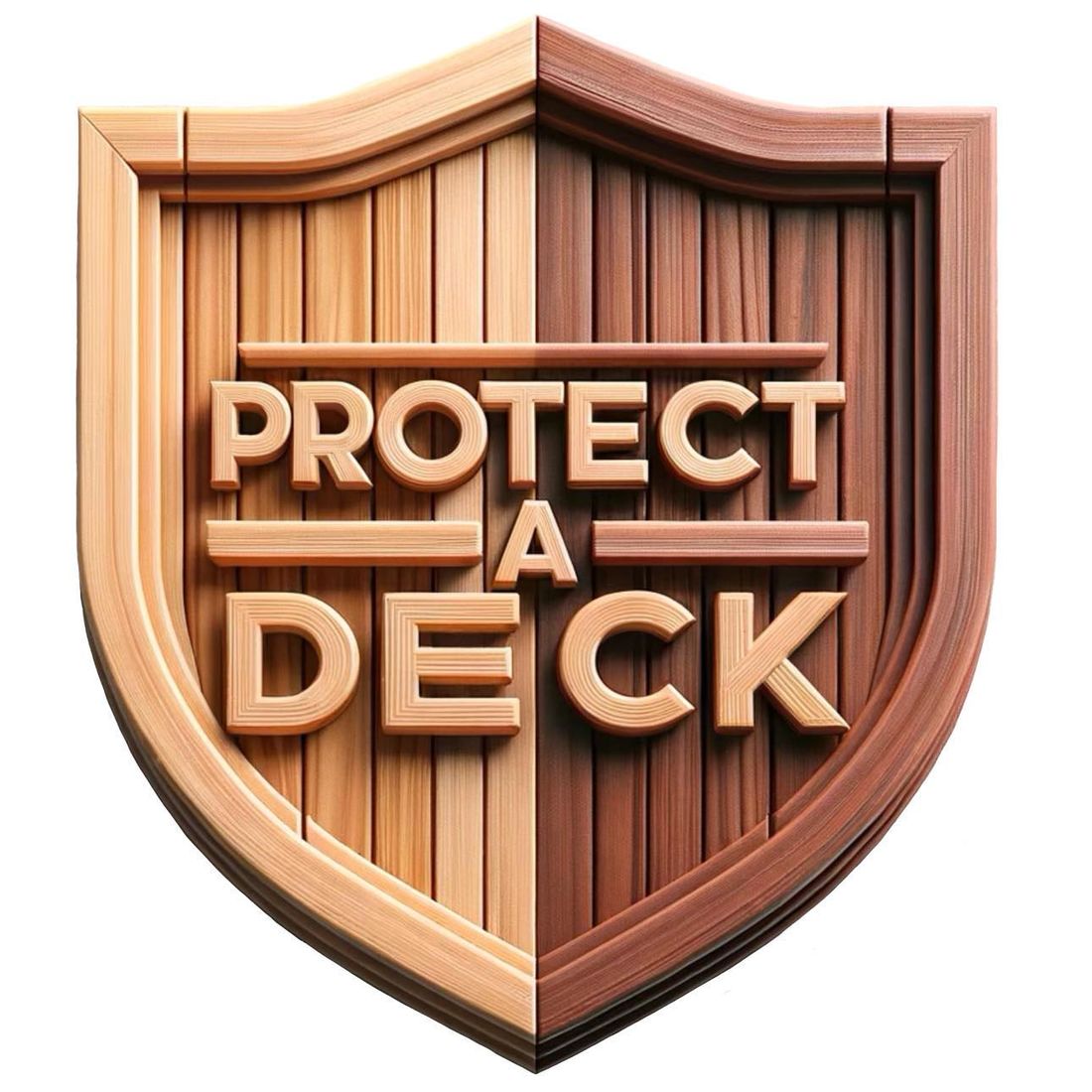Deck Maintenance and Restoration: Sanding vs. Chemical Remover
At Protect A Deck, we understand the importance of maintaining and restoring timber decks to ensure they remain beautiful, functional, and safe outdoor spaces for years to come. When it comes to rejuvenating a tired deck, two common methods stand out: sanding and chemical remover. In this post, we'll explore the pros and cons of each approach to help you make an informed decision for your deck restoration project.
Sanding:
1. Effective Removal:
Sanding is a mechanical process that involves stripping away the old finish, dirt, and imperfections from the deck's surface. It's highly effective at removing stubborn coatings and deep-seated stains, leaving behind a smooth, clean surface.
2. Controlled Depth:
With sanding, you have control over the depth of material removal, allowing you to achieve the desired level of restoration. This precision is particularly useful for decks with intricate details or delicate wood species.
3. Long-lasting Results:
Properly sanded decks provide a solid foundation for new coatings, ensuring better adhesion and longer-lasting results. This can extend the time between maintenance cycles, saving you time and money in the long run.
4. Dust Generation:
One drawback of sanding is the generation of dust, which can be messy and potentially hazardous if proper precautions are not taken. However, reputable contractors like Protect A Deck employ dust containment system to minimise airborne particles and ensure a cleaner work environment.
Chemical Remover:
1. Ease of Application:
Chemical removers offer a convenient solution for stripping old finishes without the need for heavy machinery or extensive manual labour. Simply apply the remover according to the manufacturer's instructions, wait for it to penetrate the surface, and then rinse or scrape away the residue.
2. Versatility:
Chemical removers are suitable for a variety of deck materials and finishes, making them a versatile option for restoration projects. They can effectively remove paint, stain, varnish, and sealers from both horizontal and vertical surfaces.
3. Environmental Considerations:
Some chemical removers contain harsh solvents or acids that can be harmful to the environment if not used and disposed of properly. However, there are also eco-friendly options available that are biodegradable and safer for both users and the ecosystem.
4. Surface Preparation:
While chemical removers can effectively strip away old coatings, proper surface preparation is crucial to ensure optimal adhesion of new finishes. This may involve additional steps such as neutralising the surface, rinsing thoroughly, and allowing ample drying time before applying new coatings.
Conclusion:
Whether you choose sanding or chemical remover for your deck restoration project, the key is to prioritise proper preparation and quality materials to achieve lasting results. At Protect A Deck, we specialise in professional deck maintenance and restoration, offering tailored solutions to meet your specific needs and preferences.
Contact us today to schedule a consultation and discover how we can help revitalise your timber deck, bringing back its natural beauty and enhancing its longevity for years of enjoyment ahead.

